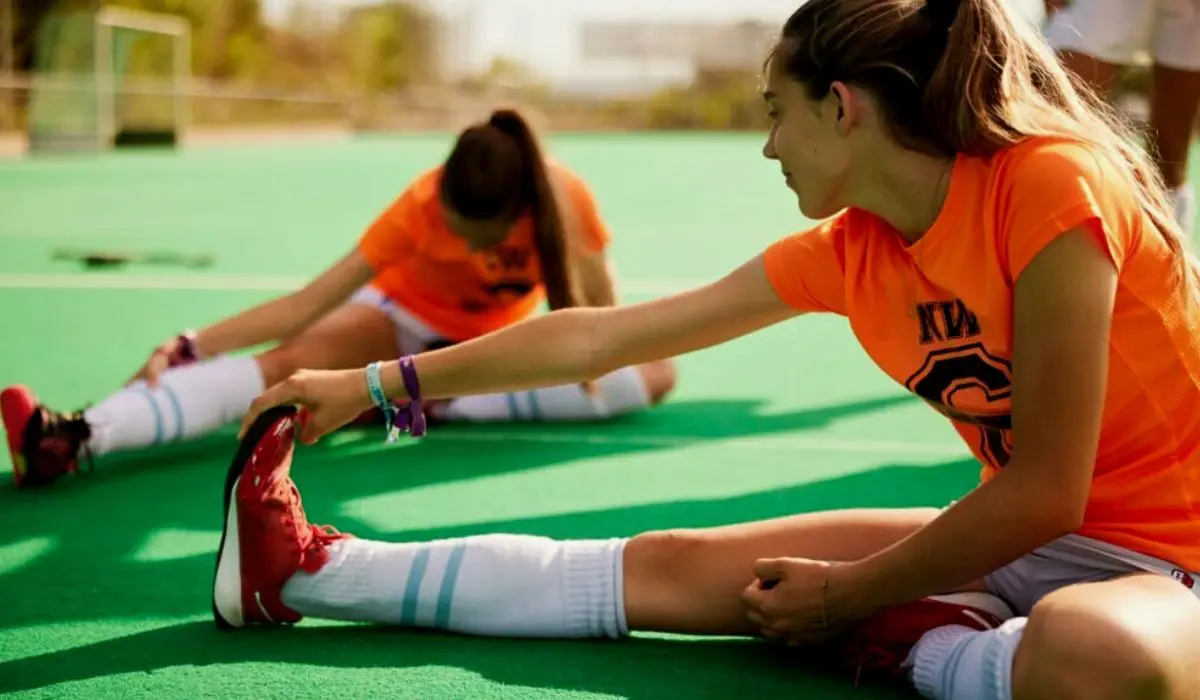In the world of athletics, injuries are common occurrences. It can affect both professional athletes and amateurs alike. Sports demand more physical activities, and some injuries are the result of intense training and workouts. It can occur during competition as well.
An unexpected injury sometimes requires a long period of recovery and rehabilitation treatments. You can avoid or lower the risk of injuries during training or competitions if you follow certain injury prevention techniques. When it comes to sports safety, injury prevention is one of the essential elements.
Read along to find more about sports safety and injury prevention tips. Before we delve into the main section, let us have a look at some of the basic concepts.
Sports Injuries – Major Reasons
Sports injuries are extremely common. Young athletes have a higher chance of getting injured compared to other professionals. Young individuals always train hard to reach their goals. It means they have a higher risk of injury. Common reasons for sports injuries are
- Poor training techniques
- Improper training
- Wrong use of types of equipment
- Wearing the wrong shoes
- Poor physical health
- Lack of warm-up and cool-down sessions before and after training
- Improper rehabilitation
- Overtraining
- Imbalanced training sessions
- Dehydration
- Neglecting an injury
- Continuous wear and tear
Apart from the above-mentioned reasons, certain types of bone structures like uneven legs, cavus foot, or bow-shaped legs and muscle structures can contribute to an increased risk of injuries.

Common Types Of Sports Injuries
Sports injuries can range from minor sprains to more severe conditions like fractures and ligament tears. Common sports injuries include,
- Sprains: Sprains are common injuries, that may occur due to the stretching of the ligaments
- Strains: When the muscles or tendons stretch during training or competition, it can lead to strains. Hamstring strains and groin strains are frequent in the sports world.
- Fractures: Fracture is more of a severe category of sports injury. Overuse and impact can lead to broken bones. Stress fractures are extremely common among athletes.
- Dislocation: A joint may dislocate due to force or impact. A dislocation happens when your joint is forced out of its normal position.
- Tendinitis: Achilles tendinitis and tennis elbow are common injuries resulting from the inflammation of tendons.
- Concussions: These are severe injuries caused by head trauma. Concussions are basically brain injuries which happens to be a common injury in contact sports.
- Bruises: Bruises are the result of direct impact on soft tissue or muscles.
- Overuse injuries: As the name suggests overuse injuries are microfracture caused by repetitive stress.
- Back injuries: These are injuries to the lower back usually caused by overuse and stress.
- Heat exhaustion: Strenuous physical activity or training during hot weather may lead to heat stroke or other heat-related injuries.
Read More:- Menstrual Cycle And Athletic Performance: Exploring The Connection
Top 10 Tips For Injury Prevention
To reduce the risk of injuries, consider these common prevention tips.
👉 Warm up and Cool down
Warm-up and cool-down can prevent the risk of injuries. It is always beneficial to start your intense workout on warmed muscles. A proper warm-up will increase the elasticity of your muscles, and it will reduce the stress. You should spend 10 to 15 minutes on warm-up and cool-down routines. Cooling down will help the body achieve a normal state after extreme training.
👉 Stretching
Stretching before and after intense training will improve your flexibility. You need to incorporate dynamic stretching before the activity and static stretching after it. It can reduce muscle stiffness.
👉 Right Technique
Employ proper techniques for training and workouts. Improper technique may increase stress on joints and muscles.
👉 The Right Types of Equipment
Wear the proper type of sports gear and ensure that the sports equipment you are using fits you well. Your shoes, helmets, and pads need to be in good condition and the right size.
👉 Hydration
Drink sufficient water. Dehydration may increase the risk of injury and reduce the speed of recovery. Always stay hydrated during training
👉 Rest and Recovery
Poor recovery and lack of rest will result in an increased risk of re-injury. Take rest between training sessions to avoid dehydration and overuse injuries.
👉 Proper Coaching
Work with qualified coaches who can provide the right form of training and guidance tailored to your skill level.
👉 Nutrition
Maintain a balanced diet to support muscle growth and tissue repair. A sports nutritionist or dietitian can guide you to choose the suitable diet plan for your goals.
👉 Listen to Your Body
Pay attention to signs of overtraining and overreaching. Do not neglect symptoms such as extreme fatigue, pain, or discomfort. It will lead to further complications
👉 Good Night’s Sleep
An athlete should not underestimate the importance of sleep. Your body needs 7 to 8 hours of sleep per night. It will improve your overall well-being and repair your body and mind.
Conclusion
Young athletes have a higher risk of injuries. If you want to stay safe from unexpected or common injuries that may usually happen in the sports field, you need to follow some common injury prevention tips.
Warm-up, cool-down, proper stretching, employing the right training techniques, using of right tools and types of equipment, drinking plenty of water, rest and recovery, training under a qualified coach, balanced diet, paying attention to symptoms of overtraining, and getting enough sleep are some of the common strategies to reduce the risk of injuries.